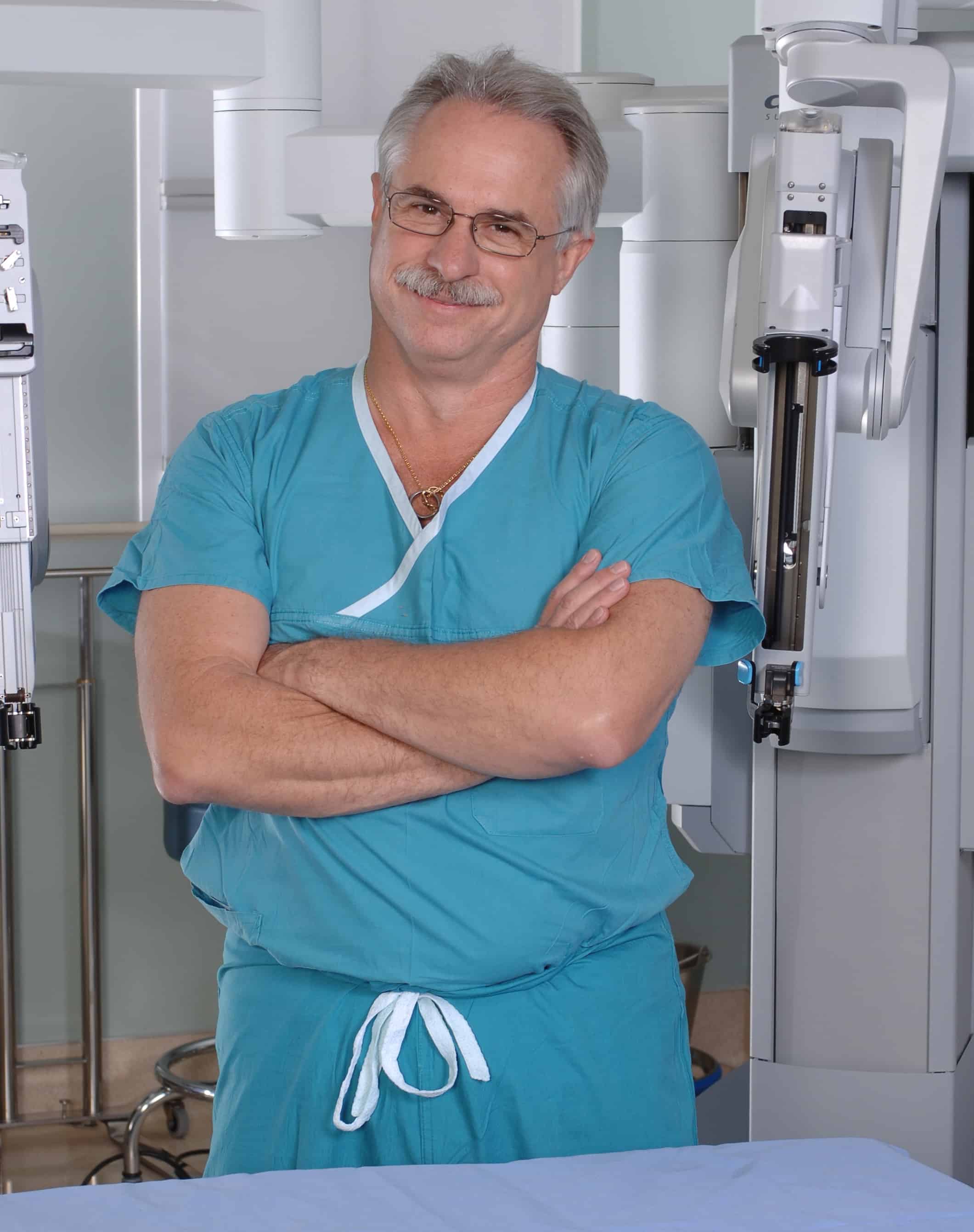The big health system that owns the hospital where I do much of my elective scheduled surgery has recently embraced the “Just Culture” model of peer review. A part of this change is the elimination of department based peer review in favor of a system wide approach to peer review based on “Just Culture principals”.
I have struggled with this for several reasons. First, I’m not sure what they mean when they talk about Just Culture. I am often obtuse when it comes to these sorts of new age concepts. I have read the materials the system provided. I have watched the educational videos. I have done Medline and Google Scholar searches of Just Culture Peer Review. I have read a book by a noted Just Culture proponent from Industry on the subject. And still, I don’t see how this is any sort of improvement over the department based Peer Review and Morbidity and Mortality discussions we have traditionally used.
The Administrator pushing this concept tells me that it is more comprehensive and system oriented; that it de-emphasizes “blame’ in favor of behavioral change and systems based solutions; that the old culture of “Blame, Shame, Train” didn’t work and was needlessly punitive. Instead we are offered an algorithm consisting of almost fifty boxes and arrows and pathways to analyze an adverse event as a “failure to meet the duty to produce a desired outcome.” Or a “failure to meet the duty to follow a rule or procedure.”
In all of the diffused babble of boxes and pathways and action plans there is no mention of personal responsibility. That is my second reason for not embracing this new world of Justice for All. I am a dinosaur, I readily admit it. I was trained in a culture that emphasized the surgeon’s personal responsibility for everything that happened to his or her patient. When a complication occurred, one was expected to take personal responsibility for it and for its consequences. Sometimes it wasn’t the fault of the surgeon. There was no Error in Diagnosis or Error in Judgment or Error in Technique, to use the parlance of the day. Still, one was expected to step up and deal with it. If the system was at fault, it wasn’t acceptable to place blame there and continue work as usual. There was an implied duty to make necessary changes.
“In all of the diffused babble of boxes and pathways and action plans there is no mention of personal responsibility.”
This admitting fault and taking responsibility wasn’t ‘punitive’ as has been asserted by the Just Culture proponents. The concept of Forgive and Remember was a strong backbone to the process. You learned from your errors and from taking responsibility for them. It made you aware of the inherent risks if your chosen craft and instilled the desire to limit those risks as much as possible. Those who assigned the ‘blame’ did so with a certain amount of humility and respect. After all, it might be their turn the next meeting.
Instead of this doctrine of personal responsibility, Just Culture offers ‘consolation’ when an error isn’t due to a failure to follow prescribed guidelines. It offers ‘education’ when one makes an error in judgment or fails to follow a guideline and ‘disciplinary action’ for ‘reckless’ behavior. Note that in none of this is there any requirement for self-examination, no acceptance of responsibility.
The Administrator repeatedly cites a quotation from Dr. Lucian Leape, a professor of PUBLIC HEALTH (emphasis mine) from Harvard who said in testimony to Congress, “The single greatest impediment to error prevention in the medical industry is that we punish people for making mistakes.” A rather sweeping statement for which he offers no solid evidence. He is also not a surgeon. He does not understand the culture of the M&M conference and its power to offer both correction and forgiveness.
A valid criticism of our traditional peer review is that is hasn’t worked very well to reduce medical error. I will accept that criticism on a system level. We do a poor job at making systemic changes. We have also been taken to task for being too lenient with peers, although in my department, every case sent for outside review has come back with a lower rating than we assigned it. (I’m not sure how we can be ‘punitive’ and too lenient at the same time). The key here is that it is PEER review – review by other surgeons engaged in the same type of practice. I don’t recognize a committee made up of an Internist, a Pathologist, a Cardiologist, and an Orthopedic Surgeon as a committee of my peers. They don’t do what I do. They don’t face the same decisions and problems that I do and have no frame of reference from which to analyze my actions.
Still, even if we accept the criticism that we have not been effective enough, shouldn’t the alternative be able to offer evidence that it works better? Despite years of pushing this change, there are no scholarly papers that I could find that compare Just Culture systems of peer review to traditional department based peer review and M&M either prospectively or compared to historical control. There is a lot of hype, a lot of ‘expert’ opinion, and a lot of salesmanship on the part of those offering training in Just Culture, but precious little hard evidence.
Traditional department based peer review has to be understood in the context of surgical training. Surgeons are acculturated to taking responsibility for their actions. This is often unpleasant, and our own self-criticism may be harsher than that of our peers. For those interested in a scholarly discussion of this process, I highly recommend the book Forgive and Remember, by Charles Bosk. It is 40 years old, but has been updated several times in follow up editions. All Just Culture proponents should read and understand it.
Like What You’re Reading?!
Get Dr. Davis’s new book, Dancing in the Operating Room, a collection of these and other short essays about life and love in the world of surgery and medicine, now available from Amazon in print or as an e-book. Check it out!



 Bruce Davis
Bruce Davis